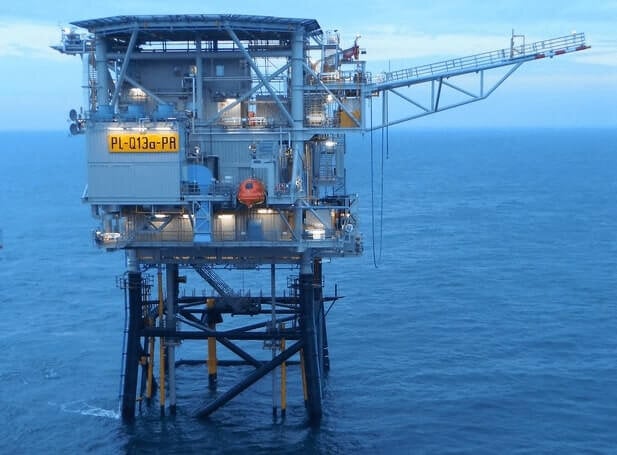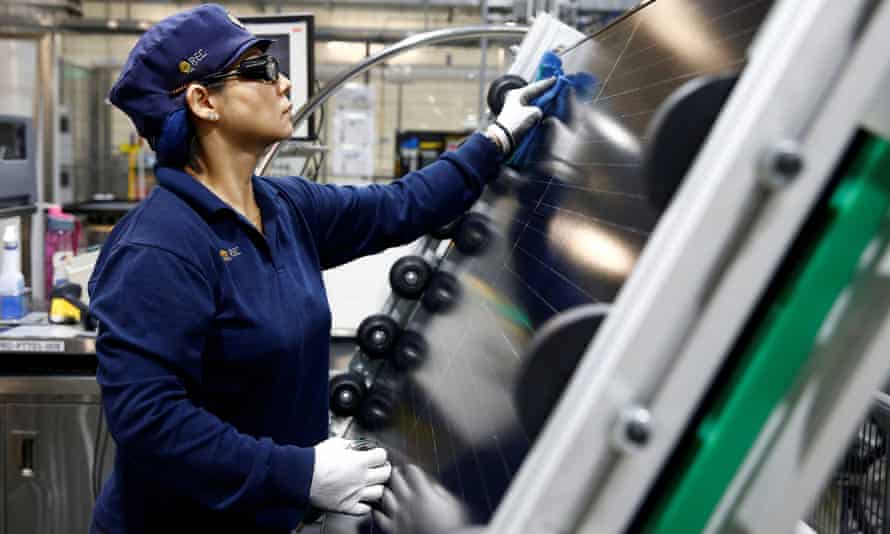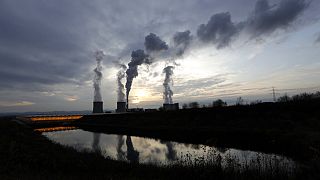Viewpoint: Nuclear's transformative role in delivering net zero
21 July 2021
Delivery of the UK’s net-zero goals requires a vast increase in the production of zero-carbon electricity, hydrogen and district heating. Nuclear can make a vital and commercially viable contribution to the rapid scale-up of these energy vectors, write Dr Paul Nevitt, technical director of the Advanced Fuel Cycle Programme (AFCP) at the National Nuclear Laboratory (NNL), Kirsty Gogan and Eric Ingersoll, managing directors at LucidCatalyst, and Scott Milne, head of insights at Energy Systems Catapult.
 From left to right: Kirsty Gogan, Eric Ingersoll, Scott Milne and Paul Nevitt
From left to right: Kirsty Gogan, Eric Ingersoll, Scott Milne and Paul Nevitt"It is impossible to overestimate the scale of the challenge ahead for the UK in reaching net-zero by 2050. With a range of low-carbon technologies in the mix, visualising the country's future energy landscape is no simple task. System-wide, forward-thinking analysis, however, helps paint this picture.
Last month NNL, the UK's national laboratory for nuclear fission, along with our expert teams at Energy Systems Catapult and LucidCatalyst, published the UK Energy System Modelling report - a ground-breaking new publication that gives a comprehensive insight into the role nuclear can play in decarbonising our energy system.
Commissioned by AFCP as part of the Department for Business, Energy and Industrial Strategy’s (BEIS) GBP505 million (USD692 million) Energy Innovation Programme, the report considers, for the first time, how advanced nuclear technologies can and should be used alongside other nuclear and low-carbon technologies to evolve the UK’s energy system.
Why nuclear has been missing from modelling so far
Nuclear has long been under-represented in mainstream energy system modelling.
The reason for this is twofold. Firstly, there is a lack of understanding about what drives cost in nuclear construction. Too often, nuclear technology is presented as being expensive in the first instance and retaining a high fixed cost. In reality, any nuclear build undergoes substantial programmatic cost reduction and, when combined with innovative delivery and deployment models, can be delivered at low costs.
Secondly, the broad applications of nuclear technology beyond electricity generation are yet to be fully considered and embraced by the energy sector. Not only can nuclear technologies be deployed to generate electricity but also to produce hydrogen, heat and synthetic fuel. It is critical that this multiplicity in nuclear's potential roles is accounted for in any modelling going forward.
What the UK Energy System Modelling report tells us
Completed using the policy-neutral cost optimisation model, Energy System Modelling Environment (ESME), our findings fill a gap in publicly available data and represent a crucial assessment of the central role of nuclear in ensuring we meet our national climate change targets.
To achieve net zero we need to vastly increase production of three zero-carbon energy vectors - electricity, hydrogen and district heat. The report assesses how a range of technologies might work together to do this. In this analysis, levels of nuclear deployment were consistently significant and included roles across all three vectors.
Looking first at electricity generation, the modelling shows that excluding nuclear - a constant energy source - from the energy mix results in a substantial increase in grid capacity to compensate for times when other intermittent sources are unable to produce energy. By replacing nuclear with renewable sources, for example, grid capacity grows from around 100-140 GW to over 200 GW. Not only does this represent additional cost to the energy system, for the required additional generation, as well as associated transmission infrastructure, but also risk that such scale of deployment is feasible. Therefore, diverse pathways such as those modelled here - which include nuclear technologies - serve a critical role in de-risking and lowering the cost of the transition.
Nuclear and wind are shown to be the main technologies to ensuring our energy system has the ability and importantly, the capacity, to generate flexible, affordable and reliable emissions-free power for homes and businesses at the necessary scale.
For the second of our key energy vectors - hydrogen - there are many production options but few that are high volume, low cost and low carbon footprint. To therefore decarbonise hydrogen production, our modelling suggests that nuclear technologies can bring hugely valuable additional energy services to achieve affordable and timely net zero.
In scenarios where speculative technologies such as Carbon Capture Storage (CCS) 99% carbon capture rates are not available, this means a combination of thermochemical hydrogen from advanced nuclear, electrolysis and biomass with CCS (95% capture rates). Where speculative measures are available, our analysis shows that advanced nuclear operation can shift away from hydrogen production and be successfully prioritised towards power generation - demonstrating its flexibility as a highly economical energy source.
Thirdly, for district heat generation, scenario analysis suggests that heat supply from nuclear can be a very cost-effective option when deployed in cities at scale; light-water nuclear Small Modular Reactors, Gen III+ and advanced nuclear systems are all effective solutions. While costs are dominated by piping installation, siting options for smaller systems may enable shorter connecting pipes which in turn would lower costs for many networks.
What is clear across the hundreds of scenarios we have modelled is that nuclear, as part of the energy mix, has a high option value and can contribute to achieving net zero at least cost to society.
Excluding low carbon nuclear energy significantly increases the complexity and risks of failing in what is already an immensely difficult challenge. Combining nuclear and renewables proves to be highly complementary, while de-scoping, de-risking and lowering costs of the overall system.
The Next Steps: Fuelling Net Zero
We are under no illusion that achieving net zero will be easy. On the contrary, we recognise that it is going to be tough and will require cooperation from across the energy sector.
Nuclear is already the single largest and most reliable zero-carbon energy source in the UK and advanced technologies hold even more potential for generating clean hydrogen, heat and electricity. Advanced technologies are being commercialised now and will be coming to market in the late 2020s - it's vital that markets are ready for deployment at scale, which means appropriate licensing authorities, policy makers, investors, supply chain and customers need to be preparing now.
So how can we make sure our ambitions for nuclear are supported?
Off the back of this transformative modelling, NNL has performed detailed fuel cycle modelling using its ORION capability. This research is what underpins NNL’s report, Fuelling Net Zero: Advanced Nuclear Cycle Roadmaps for a Clean Energy Future, also published in June this year.
These comprehensive roadmaps set out two main fuel cycle opportunity areas that the UK can evolve to help meet its clean energy ambitions: Advanced Fuels Development and Advanced Fuel Cycle Technologies. They enable government and industry to plan strategically for how we can capitalise on our existing nuclear capability and develop a zero-carbon energy system.
At a time when society is waking up to acting on the environmental crisis our planet faces, there is a growing public consciousness about the role each and every one of us can play towards net zero. But behaviour change alone will not be enough; with nuclear the UK can meet its net-zero goals on time.
Our hope is that our modelling report provides the evidence needed for ensuring that nuclear does play the part it must in a balanced energy portfolio."





.jpg?ext=.jpg)
.jpg?ext=.jpg)
 From left to right: Kirsty Gogan, Eric Ingersoll, Scott Milne and Paul Nevitt
From left to right: Kirsty Gogan, Eric Ingersoll, Scott Milne and Paul Nevitt